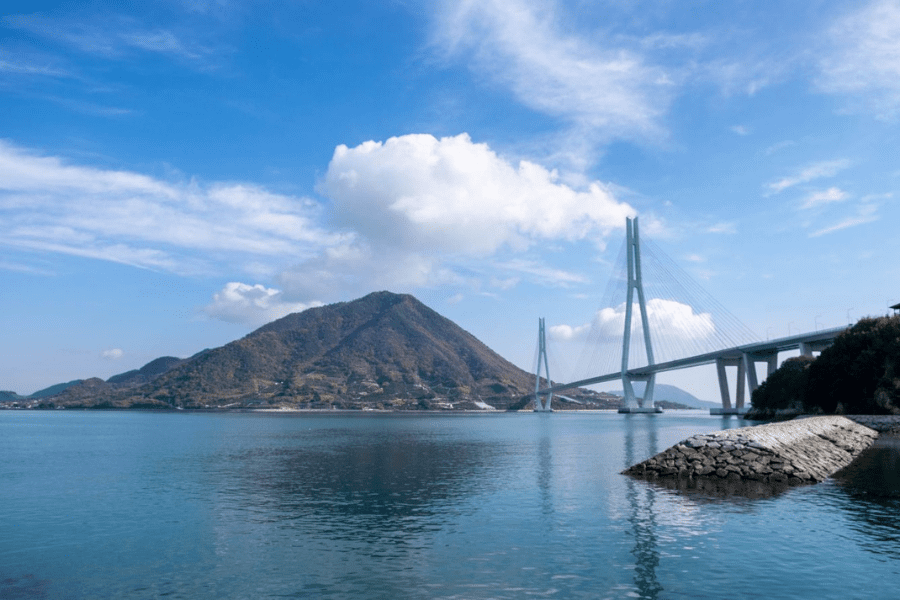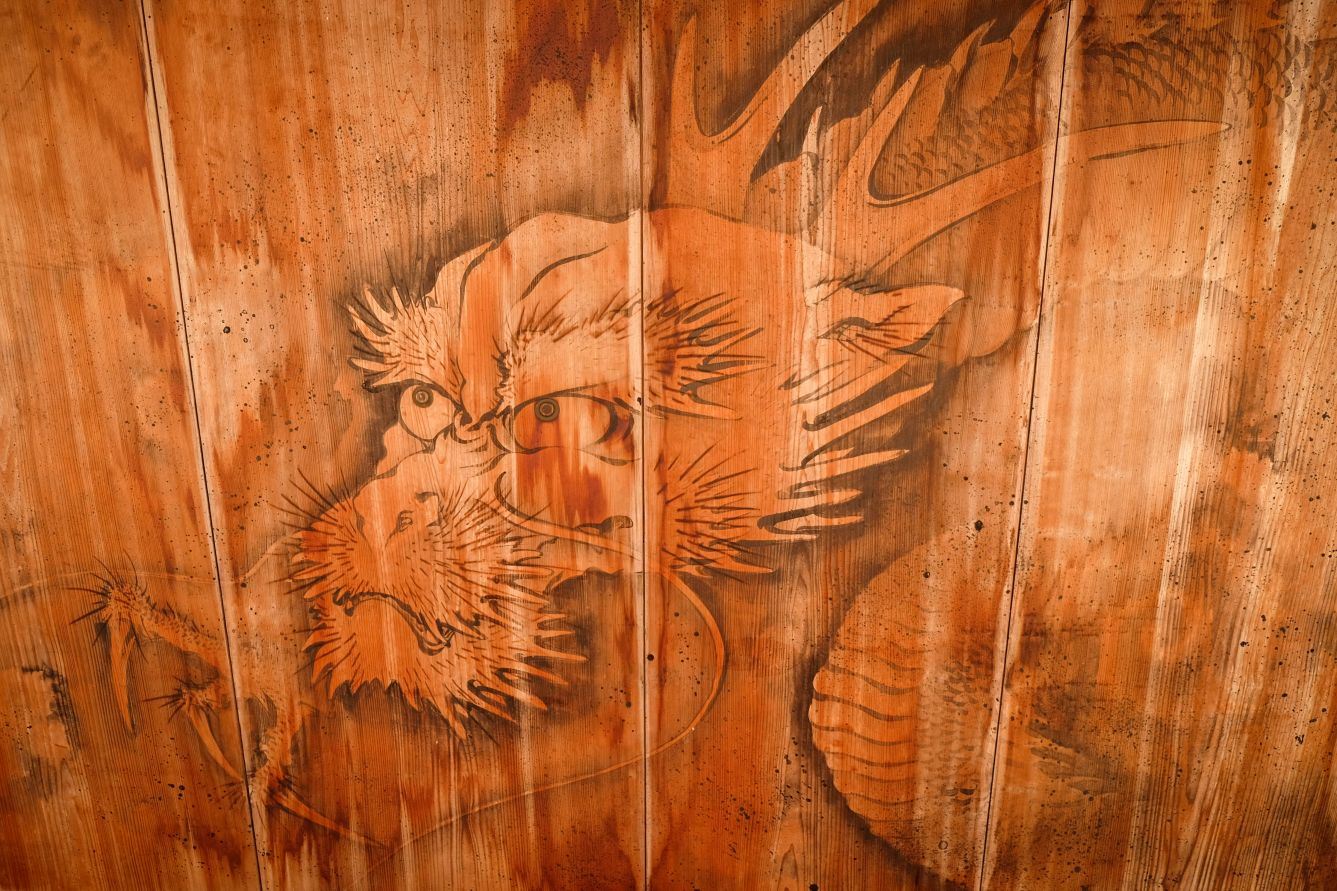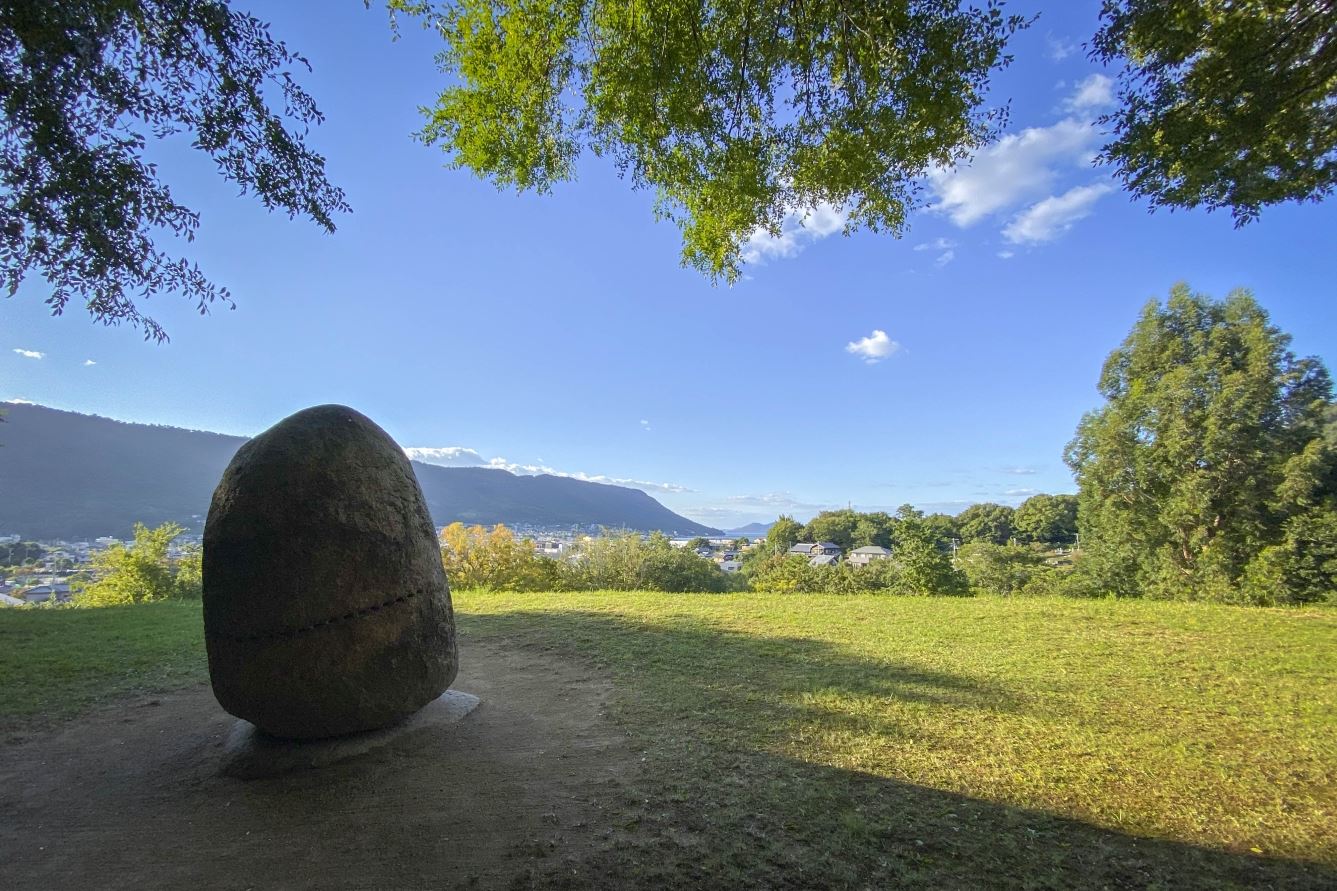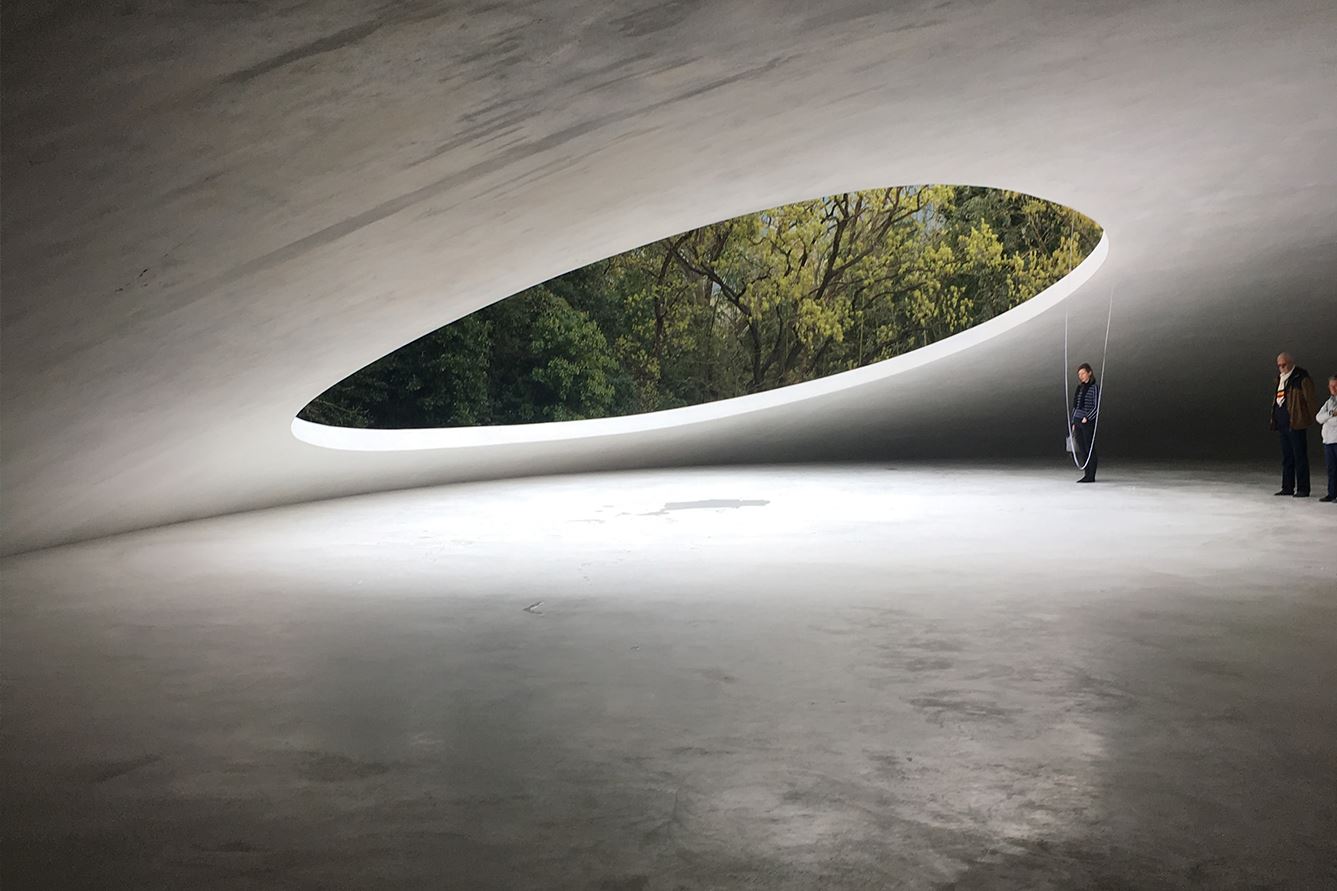Naoshima and Other Dull Pretention
Is this the frippery you want?
Home » Naoshima and Other Dull Pretention
Naoshima and Other Dull Pretention
Maybe it isn’t the place of travel agents to produce polemics. Perhaps we should humbly guide our customers to wherever they want to go. But if our customers haven’t been there themselves, how will they know what’s really good? And if they hear good things about middling places from people of limited discernment, won’t they be led astray? No, the honest travel agent must speak his mind.
We sometimes get enquiries from customers who want to see the famed modern art of Setouchi – Naoshima, Teshima, the Triennale, Noguchi Isamu, Andō Tadao, Kusama Yayoi – the lauded, the celebrated, the must-see, the Instagrammable…
But let’s just come out and say it – a plastic pumpkin painted with polka dots on a quay is what? It’s just a plastic pumpkin painted with polka dots. A slab of concrete tilted at an angle is what? It’s a plain slab of concrete. How remarkable is it? How moving is it? How extraordinary is its craftsmanship? It isn’t. It’s just another bit of plastic. Another bit of concrete. And this plastic and concrete have been put on a beautiful island full of traditional buildings of remarkable, extraordinary craftsmanship. But people are invited to look at the plastic pumpkin or the concrete slab and say, “How extraordinary!”. But they aren’t extraordinary. You know they aren’t.
You only have a limited amount of time to see Shikoku. How much time do you want to spend looking at plastic and concrete ‘art’?
Consider the Isamu Noguchi Garden Museum. It’s billed thus;
The totality is his metaphor for the world, an expression of “the notion of the universality of art, especially sculpture, or that which has to do with our environment”.
Well, it could be that, whatever that is. Or it could be just a lot of rocks hacked about a bit, drilled with holes and piled this way and that. You decide. If you do go to the Garden Museum, you’re made to wait in a barn first and are otherwise treated with great condescension and rudeness.
Noguchi also made items for children’s playgrounds. On Shōdoshima, you can see one of his slides and some sort of brown and orange doughnut on legs. Even these kids’ funnables come with a little spiel of pompous tosh, but the sadly funny thing is, they don’t even work as playground furniture because all the fun has been simplified out of them by the master’s mania for purity of form. The slide doesn’t even work because the curve is too tight.
There is genuine, extraordinary, moving, mysterious art all over Shikoku. The major shrines and temples are utterly encrusted with the wood carver’s art of the most exquisite quality. Peep into even the tiniest shrine on the road beside a rice paddy, and you’re likely to discover a memorable archer, or Kūkai missing his hands.
And this art has a human meaning and a human history. This carving on a temple shows some lads who have been enjoying sake too much. One has fallen into the vat and is set to drown. But his mates, valuing their friend’s life more than the precious drink, smash the pot and let him out. Blood is thicker than wine.
This carving of an elephant tells its own remarkable story. It was carved when Japan was a closed nation, and nobody had seen an actual elephant. They only had some materials of dubious quality to go by. But since the elephant had significance to Buddhism, the wood carver did his best and there you have it – a very toothy, long-eared ‘flump with a definitely Japanese character.
In Shikoku, there are many buildings by Andō Tadao, including museums, hotels, and even a temple. Andō’s work consists largely of slabs of plain concrete and glass. The only discernible design that goes into the arrangement of these slabs are rudimentary choices of size and angle. This surely isn’t hard to do. Andō has merely mastered the crude techniques of modern construction and applied them with a slight twist. Andō claims to take the environment of his buildings into deep consideration, but to what extent this is achieved is hard to say, because slabs of industrial materials look like exactly what they are in any environment.
If we compare Andō’s Kōmyō-ji Temple in Saijō, built in 2000 with the Daishi Hall of Iwaya-ji built in 1920, the poverty of Andō’s approach becomes apparent. Kōmyō-ji is a temple building stripped down to its essentials – a roughly square wooden box accentuating the vertical, and a broad, overhanging roof with a strong horizontal emphasis. In a nod to the environment of Saijō-ji, this simplified temple is plonked in a shallow pool of water. There’s no ornamentation whatsoever – the ‘beauty of form’ is obviously intended to be enough. However this caricature of temple form, while not ugly, fails to awe.
In contrast, whoever built the Daishi Hall at Iwaya-ji had fully mastered the immensely complex techniques of traditional temple carpentry. Of course, traditional temple architecture developed to complement the natural environment anyway, but the Iwaya-ji architect harmonised his structure with the unique towering cliff behind it by employing taller than usual uprights. This alone is impressive, but the Iwaya-ji architect also aimed for a touch of modernity through early adoption of art-deco ornamentation which was reaching Japan around that time. Not satisfied with complete mastery of beautiful form alone, the architect adapted the latest modern trends without precipitating any feeling of incongruity. Now that is quite a feat.
So if you ask us to make a tour that includes Naoshima and all the rest of the meretricious modern art, we will oblige but with a heavy heart. But do note, it takes an hour to get to Naoshima on a noisy ferry, and another hour back. We can’t usually book accommodation on the island because typically it’s already full. The museums charge very high entrance fees. All of the costs of Naoshima are high, including the opportunity cost of missing real beauty elsewhere.
Related Tours

This adventure takes you from the Seto Inland Sea to the Pacific by e-bike and SUP.




